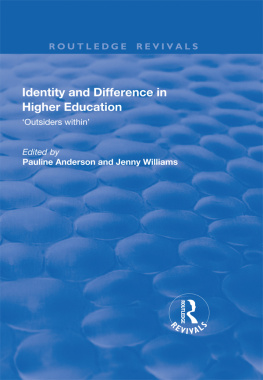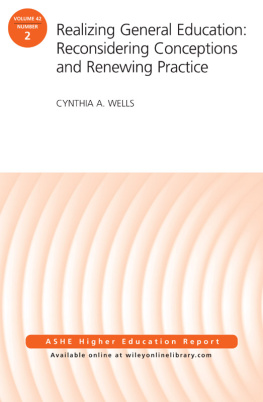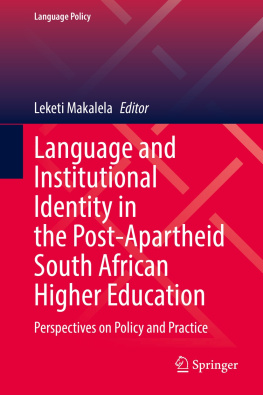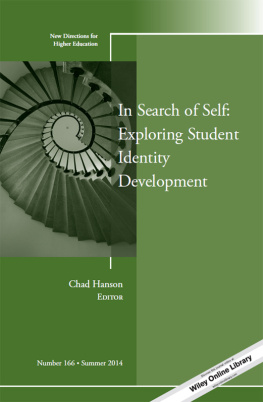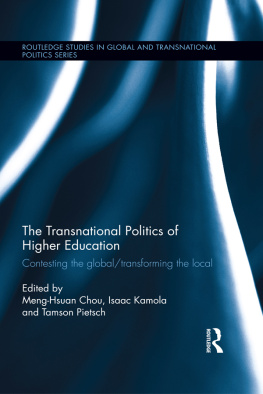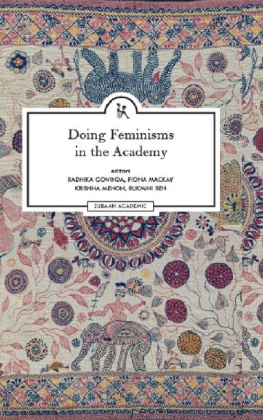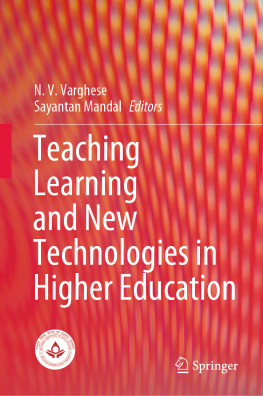Pauline Anderson - Identity and Difference in Higher Education: Outsiders Within
Here you can read online Pauline Anderson - Identity and Difference in Higher Education: Outsiders Within full text of the book (entire story) in english for free. Download pdf and epub, get meaning, cover and reviews about this ebook. year: 2018, publisher: Routledge, genre: Politics. Description of the work, (preface) as well as reviews are available. Best literature library LitArk.com created for fans of good reading and offers a wide selection of genres:
Romance novel
Science fiction
Adventure
Detective
Science
History
Home and family
Prose
Art
Politics
Computer
Non-fiction
Religion
Business
Children
Humor
Choose a favorite category and find really read worthwhile books. Enjoy immersion in the world of imagination, feel the emotions of the characters or learn something new for yourself, make an fascinating discovery.
- Book:Identity and Difference in Higher Education: Outsiders Within
- Author:
- Publisher:Routledge
- Genre:
- Year:2018
- Rating:5 / 5
- Favourites:Add to favourites
- Your mark:
- 100
- 1
- 2
- 3
- 4
- 5
Identity and Difference in Higher Education: Outsiders Within: summary, description and annotation
We offer to read an annotation, description, summary or preface (depends on what the author of the book "Identity and Difference in Higher Education: Outsiders Within" wrote himself). If you haven't found the necessary information about the book — write in the comments, we will try to find it.
Identity and Difference in Higher Education: Outsiders Within — read online for free the complete book (whole text) full work
Below is the text of the book, divided by pages. System saving the place of the last page read, allows you to conveniently read the book "Identity and Difference in Higher Education: Outsiders Within" online for free, without having to search again every time where you left off. Put a bookmark, and you can go to the page where you finished reading at any time.
Font size:
Interval:
Bookmark:
Identity and Difference: Concepts and Themes
- What in higher education are the key signifiers of difference?
- What social, political, ideological, educational and economic processes and discourses maintain differences and inequalities constructing students in particular ways?
- How do particular social locations, whether constructed on the basis of social class, race, ethnic origin, disability, sexuality, age, subject specialism or educational status constrain or enable individual gendered identities?
- What forms of creativity and empowerment emerge as responses?
- What conceptual models provide an understanding of changing, shifting, gendered identities and of key moments in individual transitions?
- How are multiple identities experienced and lived?
- Are there different responses to stigmatised identities?
- How are the narratives of difference constructed by feminist researchers?
- What forms of power and resistance to power are manifest in higher education contexts and how are personal identities constructed through such power relations?
- What aspects of racialised, gendered, classed identities are experienced as incompatible with an academic identity?
- Is higher education experienced as an enabling or disempowering space?
Font size:
Interval:
Bookmark:
Similar books «Identity and Difference in Higher Education: Outsiders Within»
Look at similar books to Identity and Difference in Higher Education: Outsiders Within. We have selected literature similar in name and meaning in the hope of providing readers with more options to find new, interesting, not yet read works.
Discussion, reviews of the book Identity and Difference in Higher Education: Outsiders Within and just readers' own opinions. Leave your comments, write what you think about the work, its meaning or the main characters. Specify what exactly you liked and what you didn't like, and why you think so.

